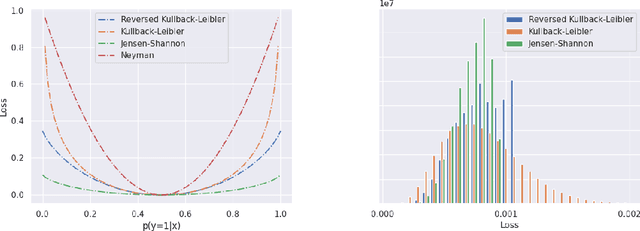Dense anomaly detection by robust learning on synthetic negative data
Paper and Code
Dec 31, 2021



Standard machine learning is unable to accommodate inputs which do not belong to the training distribution. The resulting models often give rise to confident incorrect predictions which may lead to devastating consequences. This problem is especially demanding in the context of dense prediction since input images may be partially anomalous. Previous work has addressed dense anomaly detection by discriminative training on mixed-content images. We extend this approach with synthetic negative patches which simultaneously achieve high inlier likelihood and uniform discriminative prediction. We generate synthetic negatives with normalizing flows due to their outstanding distribution coverage and capability to generate samples at different resolutions. We also propose to detect anomalies according to a principled information-theoretic criterion which can be consistently applied through training and inference. The resulting models set the new state of the art on standard benchmarks and datasets in spite of minimal computational overhead and refraining from auxiliary negative data.
 Add to Chrome
Add to Chrome Add to Firefox
Add to Firefox Add to Edge
Add to Edge